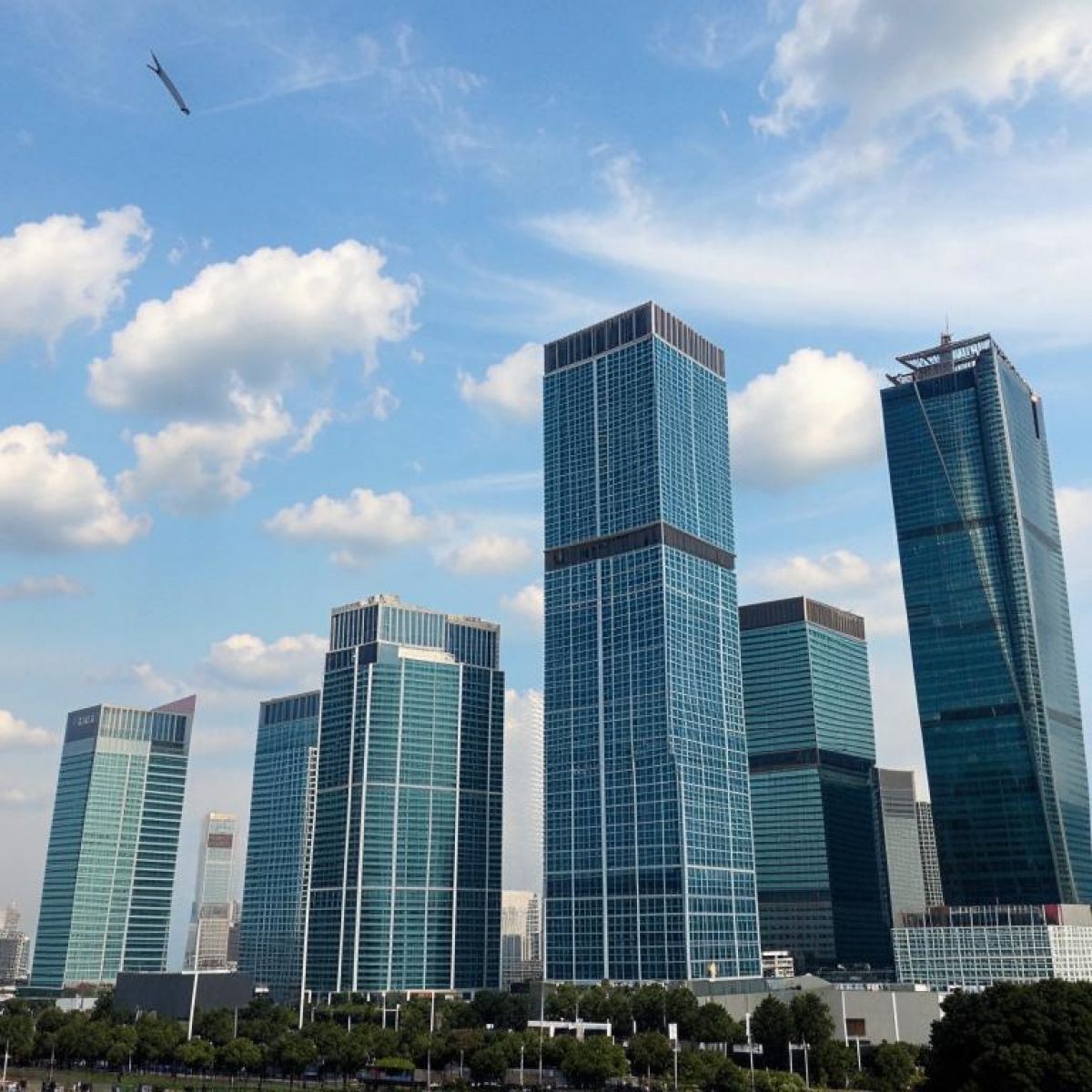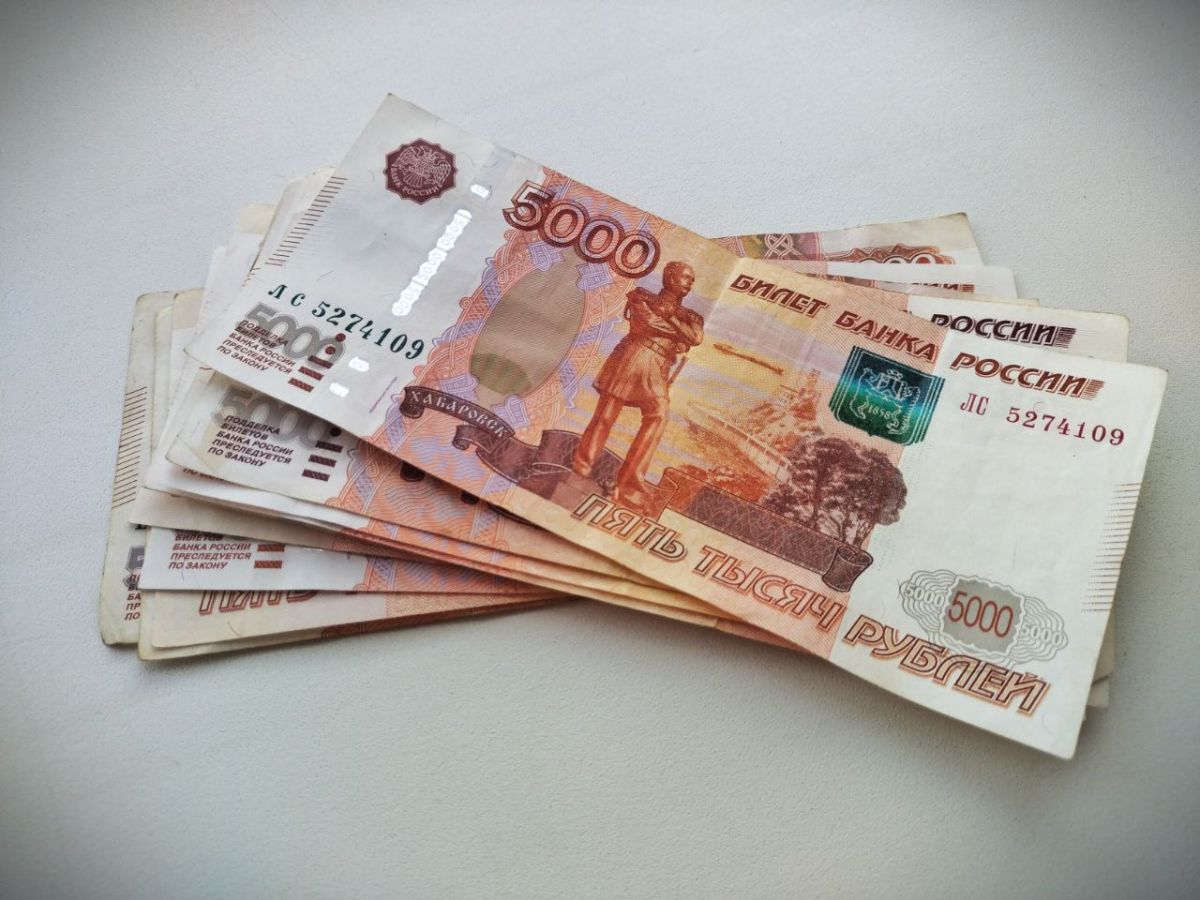
On the Dynamics of Corporate Bond Trading

© ООО Региональные новости
The most liquid corporate bonds traded on the Moscow Exchange are presented below:
- RSXB bond issue BO-02-002R (ISIN code - RU000A1068R1) +0.2%;
- Polyus bond issue PBO-04 (ISIN code - RU000A108L81) -1.4%;
- Borets Capital bond issue 1R-01 (ISIN code - RU000A105ZX2) +0.1%;
- AFKSistema bond issue 14 (ISIN code - RU000A101XN7) -0.4%.
All corporate bonds have a rating. It allows investors to quickly assess the credit quality of the issuer.
In Russia, a national rating scale is used. The highest rating is "AAA", the lowest is "C", and there is also a "D" step, which means actual default. Accordingly, the higher the rating, the more reliable the issuer and, as a rule, the lower the yield on its bonds.
Bonds rated "AAA" are the most reliable. These are large systemically important companies, usually with state participation.
Bonds rated from "A-" to "AA+" are reliable securities. Pension funds and other institutional investors invest in them.
Bonds rated from "BBB-" to "BBB+" are a transitional category. These may be reliable companies that are sensitive to adverse events in the market and economy (for example, an increase in the key rate).
Bonds rated from "B-" to "BB+" are high-yield issuers (HY). Risks are high, as is the yield. This can be small or medium-sized businesses operating in a risky sector.
Bonds rated "CCC" and "D" are on the brink of default. The risks associated with such securities are maximum.
The overview was presented by Yulia Grishchenko, member of the Expert Council of the Moscow Exchange Listing Committee, PhD in Economics, Head of the Department of Financial and Investment Management at the Faculty of "Higher School of Management" of the Financial University under the Government of the Russian Federation.




